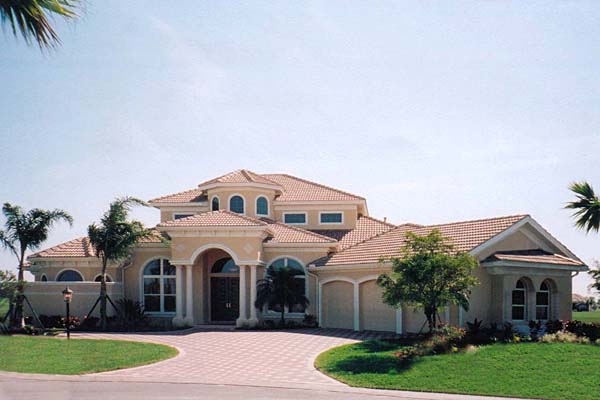PLANNED UNIT DEVELOPMENT (PUD)
Understanding Planned Unit Developments (PUDs) in Real Estate
In the realm of real estate and urban planning, the concept of Planned Unit Developments (PUDs) has emerged as a strategic zoning classification that offers a flexible approach to the design and development of subdivisions. This innovative zoning framework allows for a departure from traditional subdivision regulations, fostering a more adaptable and community-oriented approach to land use and development.
Flexibility in Design and Density
Departure from Traditional Zoning
Planned Unit Developments diverge from conventional zoning regulations by offering developers and designers greater latitude in shaping the layout and features of a subdivision. This departure from rigid zoning requirements empowers stakeholders to optimize land use and create more diverse, innovative, and sustainable residential communities.
Overall Density Limits and Clustered Dwelling Units
PUD zones typically establish an overall density limit for the entire subdivision, affording developers the flexibility to cluster dwelling units in a manner that optimizes land use and amenities. This approach fosters the creation of common open spaces, recreational facilities, and shared amenities, enhancing the overall quality of life within the development.
Benefits and Considerations
Enhanced Community Amenities
By enabling the clustering of dwelling units and the allocation of common open spaces, PUDs facilitate the integration of enhanced community amenities such as parks, walking trails, recreational facilities, and communal gathering areas. This emphasis on shared spaces contributes to a more vibrant and cohesive neighborhood environment.
By enabling the clustering of dwelling units and the allocation of common open spaces, PUDs facilitate the integration of enhanced community amenities such as parks, walking trails, recreational facilities, and communal gathering areas. This emphasis on shared spaces contributes to a more vibrant and cohesive neighborhood environment.
Regulatory Complexity
While PUDs offer a range of benefits, they also introduce complexities related to design guidelines, homeowner association regulations, and ongoing management of shared amenities. Prospective developers and homeowners should be mindful of the additional responsibilities and governance structures associated with PUDs.
Conclusion
Planned Unit Developments represent a dynamic approach to urban and suburban development, offering a departure from traditional zoning regulations and fostering the creation of vibrant, amenity-rich residential communities. By embracing the principles of flexibility, sustainable design, and community-oriented development, PUDs serve as a catalyst for innovative and inclusive real estate projects.
As stakeholders navigate the intricacies of real estate development, the concept of Planned Unit Developments stands out as a compelling framework for creating cohesive, amenity-rich neighborhoods that cater to the evolving needs and aspirations of modern communities. Through thoughtful planning, collaboration, and adherence to regulatory best practices, PUDs have the potential to shape the landscape of residential development, enriching the fabric of neighborhoods and enhancing the quality of life for residents.
MORE REAL ESTATE TERMS
A, B, C, D, E, F, G, H, I, J, K, L, M, N, O, P, Q, R, S, T, U, V, W, X, Y, Z
Featured New Home

Featured Mortgage Brokers
- Intercap Lending, mortgage broker in Albuquerque, NM
5600 Wyoming Blvd NE Ste 20
Albuquerque, NM 87109 - AMERICAN BANK, ROCKVILLE, MD
9201 CORPORATE BLVD STE 130
ROCKVILLE, MD 20850 - GENERATION MORTGAGE COMPANY, ATLANTA, GA
3 PIEDMONT CTR NE STE 300
ATLANTA, GA 30305 - MOVEMENT MORTGAGE LLC, FREDERICKSBURG, VA
4920 SOUTHPOINT DR
FREDERICKSBURG, VA 22407 - PRIMELENDING A PLAINSCAPITAL COMPANY, MELVILLE, NY
200 BROADHOLLOW RD STE 207
MELVILLE, NY 11747